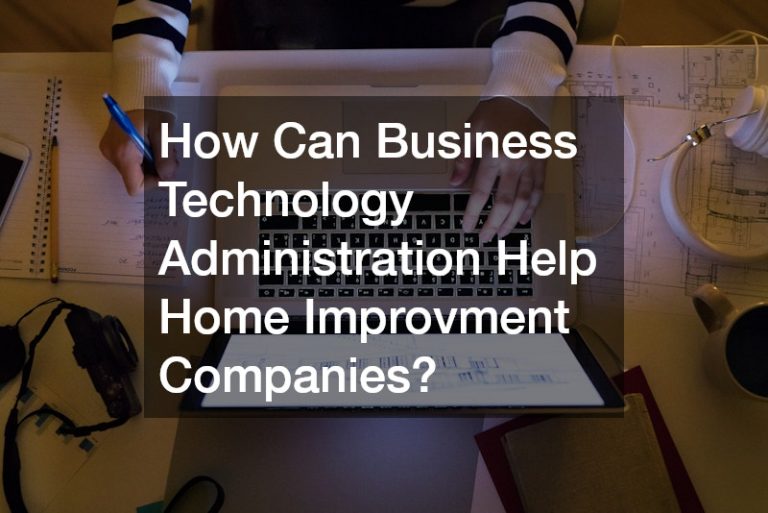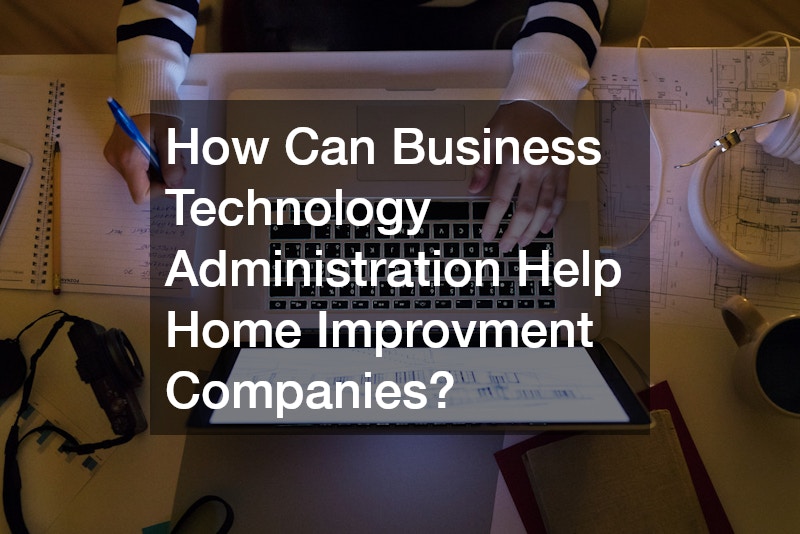Time and attendance software systems are powerful tools designed to streamline and automate the process of tracking employees’ working hours, breaks, and attendance. However, implementing these systems comes with its challenges that businesses must understand and address. One significant challenge is the integration of time and attendance software with existing payroll and human resources systems. Ensuring seamless communication between these systems is essential to avoid discrepancies in payroll calculations and employee records.
Another of the time and attendance software challenges businesses face is employee resistance to adopting new technology. Some employees may be resistant to change or unfamiliar with using digital tools, leading to potential issues with data accuracy and compliance. Providing comprehensive training and support is crucial to overcoming this challenge and ensuring successful adoption of time and attendance software by all staff members. Additionally, businesses must consider data security and privacy concerns when implementing time and attendance software systems. Safeguarding sensitive employee information and ensuring compliance with data protection regulations are paramount to maintaining trust and integrity in the workplace.

Selecting the right time and attendance software solution that meets the unique needs and requirements of the business can be a challenge. With numerous options available in the market, businesses must carefully evaluate features, functionality, and pricing to make an informed decision. Despite these challenges, time and attendance software systems offer significant benefits, including increased efficiency, accuracy, and compliance with labor regulations. By understanding and addressing these challenges, businesses can harness the full potential of time and attendance software to optimize workforce management and drive organizational success.







